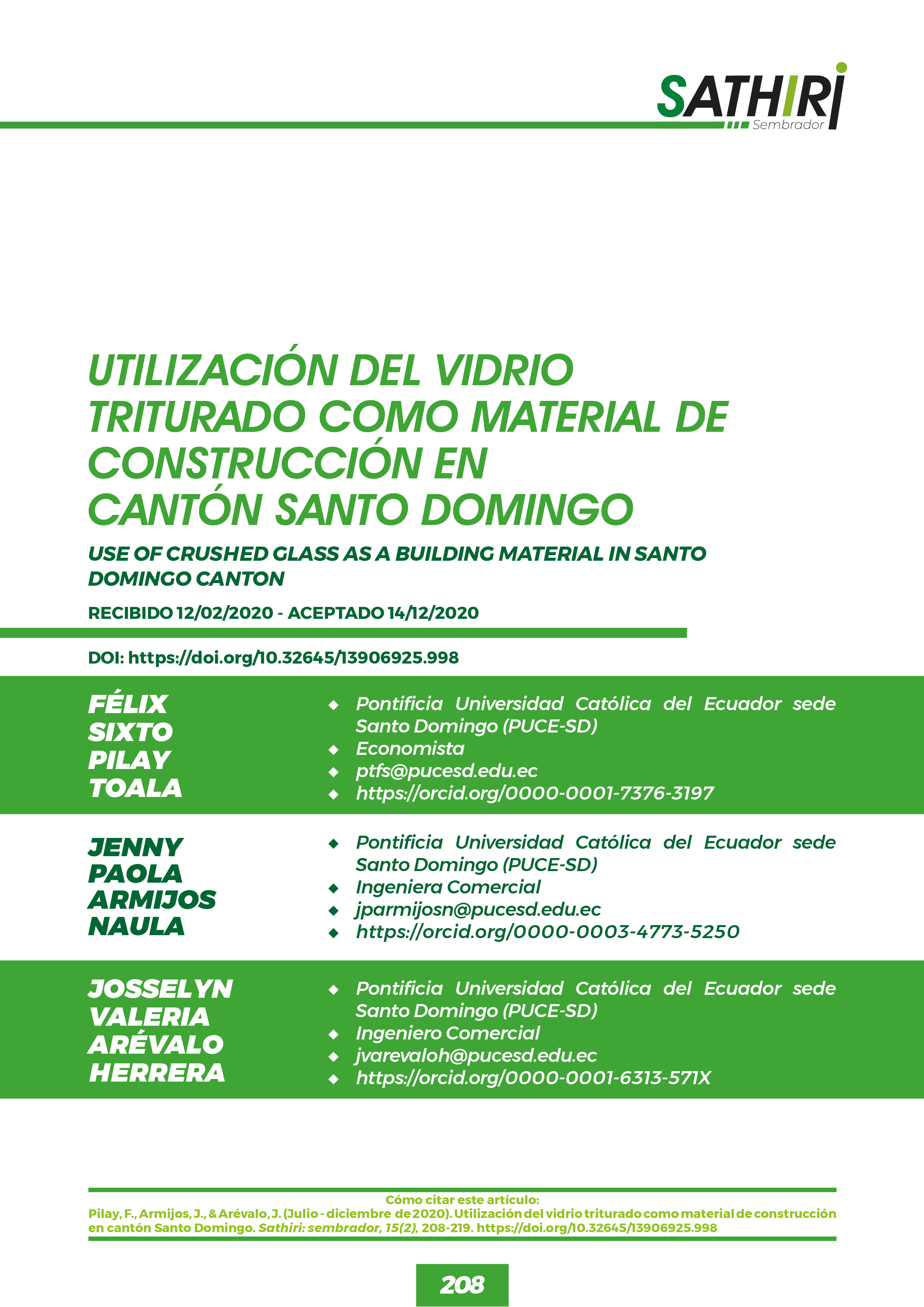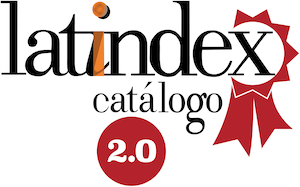Use of crushed glass as a building material in Santo Domingo canton
DOI:
https://doi.org/10.32645/13906925.998Keywords:
Creation, Glass, Crushing, Recycling, BenefitAbstract
The raw materials demanded by the construction sector are in constant evolution and transformation, which is why the article aimed to demonstrate the use of glass as a construction material, as a new way to reuse this waste, because only the 47.47% of households in Ecuador have habits of classification of solid resources such as plastics, organic, paper-cardboard and glass. By conducting a feasibility study, the feasibility of creating a company that provides the service of crushing glass containers was known, whose purpose was based on contributing to the care of the environment and in turn generating an economic resource. The research was developed in the canton of Santo Domingo, specifically to the construction sector, a mixed approach was approached, since it allows analyzing quantitative and qualitative data, 121 surveys were applied based on a structured questionnaire, to people who dedicate themselves to the construction of houses, pavements, blocks and paving stones. The result obtained by the market, financial, legal, technical and organizational studies, the viability of the creation of the company was evidenced, since one of the aspects to consider is the existence of a demand, it was also demonstrated that the use of the Crushed glass is favorable in the construction sector, due to the resistance it has to elongated humidity thus its decomposition and useful life.

Downloads
Published
Issue
Section
License
Copyright (c) 2020 FÉLIX SIXTO PILAY TOALA, JENNY PAOLA ARMIJOS NAULA, JOSSELYN VALERIA ARÉVALO HERRERA

This work is licensed under a Creative Commons Attribution-NonCommercial-NoDerivatives 4.0 International License.
El autor mantiene los derechos morales e intelectuales de su obra, autorizando a la editorial de la revista Sathiri la difusión y divulgación de su contenido con fines estrictamente académicos y de investigación, sin fines de lucro. Así mismo, se autoriza que la obra sea descargada y compartida con otras personas, siempre y cuando no sea alterada y se reconozca su autoria.




















